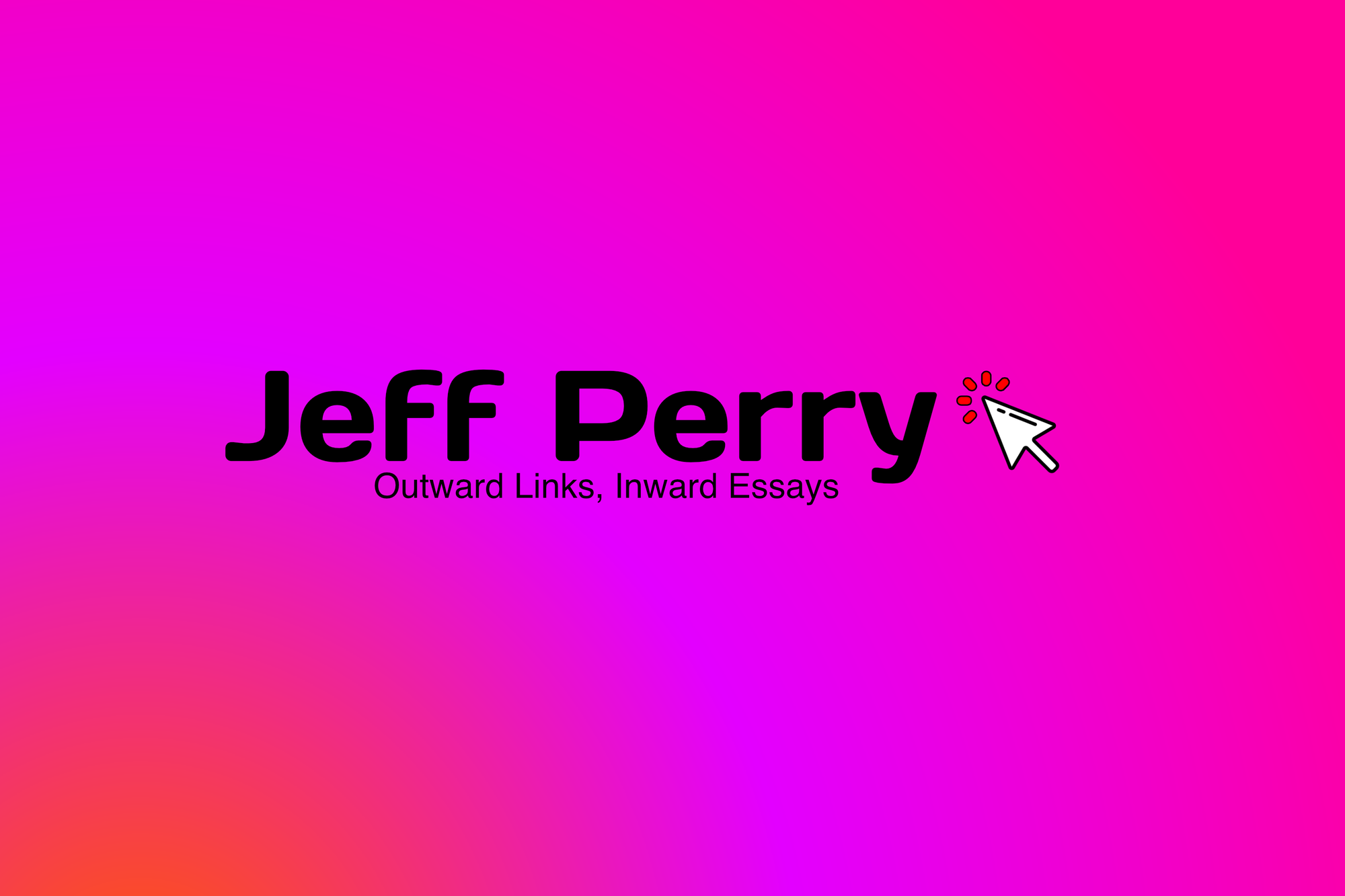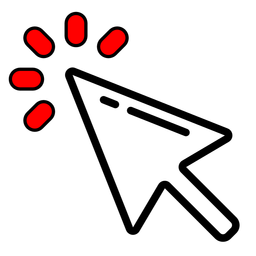How to Make Your Notes More Valuable
When I was in high school, I distinctly remember a moment where my social studies teacher was going through a lesson irregularly fast. It got to be so much of an issue that several students, myself included, begged him to slow down on his PowerPoint presentation so that we could write down what was on each slide. “You know,” my teacher began to say, “your generation is great at writing out notes and dictations of what us teachers say, but you rarely take in the information we are giving you.” For years this sentiment lived in my head rent free. I was personally offended by his tone and adamant that this was just a microaggression towards millennials. I have come to learn that I begrudgingly have to agree with his original statement, at least partially.
Note taking for me was indeed transcribing what my teachers were saying. I would stress over whether or not I wrote everything down. There were multiple occasions in my high school tenure where I had to lean over to a nearby classmate to ask for their notes because I had missed what was shown in a previous slide. I wasn’t focused on what the actual teachings were. This eventually extended into college, and even into my career. For years I had a notebook with me frantically writing down everything that was said to me because I was terrified I would forget. The problem with this was that it wasn’t helping me remember things, but rather allowing me to immediately forget what was said to me. So long as I wrote it down, my mind felt that it wasn’t worth my brain capacity to remember. Now, this isn’t inherently a problem. So long as I had a trusted system that can take these notes it would have worked, but I didn’t have that. So, multiple times a day I would write down something that was said to me, a task I needed to do, or an idea. Those notes in my notebook were captured, but they fell through the cracks because I would often overlook them as I captured more and more in my notebooks throughout the day. I knew this wasn’t a system that was going to help me in the long run because I used my notes as a crutch that and they weren’t holding me up properly. So I had to find a different way to take notes. It all startsed with a book from Sönke Ahrens, How to Take Smart Notes: One Simple Technique to Boost Writing, Learning and Thinking — for Students, Academics and Nonfiction Book Writers. Ahrens pulled me in immediately with the introduction.
Writing plays such a central role in learning, studying and research that it is surprising how little we think about it. If writing is discussed, the focus lies almost always on the few exceptional moments where we write a lengthy piece, a book, an article or, as students, the essays and theses we have to hand in. At first glance, that makes sense: these are the tasks that cause the most anxiety and with which we struggle the longest. Consequently, these ‘written pieces’ are also what most self-help books for academics or study guides focus on, but very few give guidance for the everyday note-taking that takes up the biggest chunk of our writing.
What they all have in common, though, is that they start with a blank screen or sheet of paper. But by doing this, they ignore the main part, namely note-taking, failing to understand that improving the organization of all writing makes a difference. They seem to forget that the process of writing starts much, much earlier than that blank screen and that the actual writing down of the argument is the smallest part of its development.
From there, I stumbled upon a TEDx talk from Hazel Wagner, author of Power Brainstorming: Great Ideas at Lightning Speed, where she spoke on mind mapping.
What particularly resonated with me in her talk was how using mind maps illustrated how we actually think about things.
Notice … you put down single words or short phrases. This isn’t whole sentences or paragraphs. Do you think you store in your brain paragraphs? How about sentences? What about those outlines you spent of time in school, Roman 1A, B, C, remember that stuff? Do you think that is what you store in your brain? I don’t think so. You store images, you store key ideas, you store the connections between the things you’re learning and things you already knew.
Mind mapping isn’t the only way to make notes, and it’s not my preferred way of taking notes. Still, the premise of reducing your thoughts down to something that is easier to recognize can help you understand things more. In fact, there’s a study that shows taking longhanded notes with a pen and paper might be more efficient than using a keyboard and computer. In an interview with NPR Pam A. Meullar, author of The Pen Is Mightier Than the Keyboard: Advantages of Longhand Over Laptop Note Taking, expanded on their research article. She spoke about note taking on a computer compared to long-handed notes saying that typing up transcriptions is not only ineffective but being more selective is much more rewarding in the learning process.
When people type their notes, they have this tendency to try to take verbatim notes and write down as much of the lecture as they can … The students who were taking longhand notes in our studies were forced to be more selective — because you can’t write as fast as you can type. And that extra processing of the material that they were doing benefited them.
Now, I am not here to say writing notes by hand is better. If you are one that enjoys writing out notes and systems with pen and paper, then this might be what you need to make the move to doing something like a Bullet Journal. For me, this information has led me to the conclusion that we can’t simply copy and paste the things we see in front of us. Whether it’s a lecture, video, article, or something else you consume, you need to put them in your own words if you want to remember the lessons learned from it. In my experience, if you don’t have a system like this in place my notes are merely being stored and collecting metaphorical dust.
How Casey Newton Helped me with Taking Notes
In an interview with Casey Newton, I was interested to hear about his note taking process.

For those of you who don’t know, Casey is a prolific writer for his Substack, Platformer, where he writes 5000-10,000 words an issue, four times a week. Needless to say, he has a ton of information, links, research, and sources that all need a place to be saved and further clarified. One intriguing thing I learned from him was that he has a database in Notion where he saves links to throughout the day. Every link is its own page, and all of those pages live in a database called “Platformer Links”. Let me first explain that you can do something like this with practically any note taking app. From Apple Notes, Evernote, Craft, Notion, Bear, or something else, it is almost a given that you can share a link or document and put it in a notes app. So, as Casey saves these links he uses them in his link roundup for Platformer, as well as a way to see trends or possible future story ideas. Once saved, he then adds tags to them. For example, he speaks a lot about Facebook and misinformation, and he uses both of those words as tags regarding any links he saves. Once he has his tags set up, he then has different “views”. One view will only show links added in the last 24 hours, another has a month’s worth of links being shown. These views allows Casey to see connections in his links he might have seen otherwise.
How I am Using These Lessons Learned
For me, I have taken Casey’s process a step further. Along with tags, I add comments to these links explaining my thoughts on the content, takeaways I got from them, and any criticism I might have on the premise of the article or video. Adding my own words to the content I have saved allows me to make connections in my mind that I otherwise wouldn’t. This is where I change my notes from simple storage of links to actual notes I have written.
I am also using tags in the links and resources I am saving into Notion. Tags like iPad, iPhone, Apple are used regularly, but I also have tags like video, rumor, and touch bar that is more specific but can be used in more notes down the line. The reason for tags is because I want to use them as means of connecting notes together in new ways. I could use something like a backlink to do the same thing, but with tags you are able to sort them in more ways than the simple two-way connections backlinks offer. Aside from links, I am also using my notes as a means to capture, organize, and elaborate on ideas I have for Tablet Habit. From article ideas, workflows, etc. I have a database set up that’s similar to my links to allow me to see what I can use for future issues of Tablet Habit. My note taking journey is still going on, and I doubt it will ever truly”end”. That said, I am happy with where I am right now and I hope this feeling continues as I push to improve and innovate my notes.






